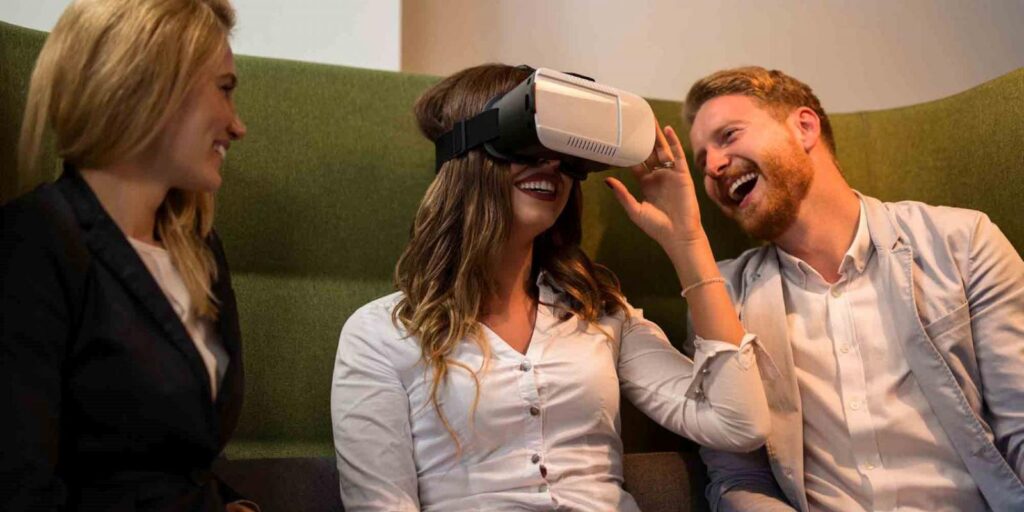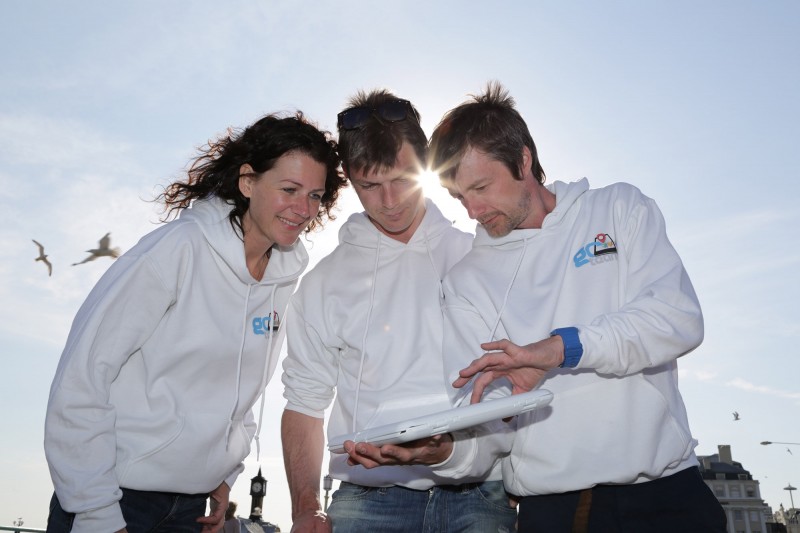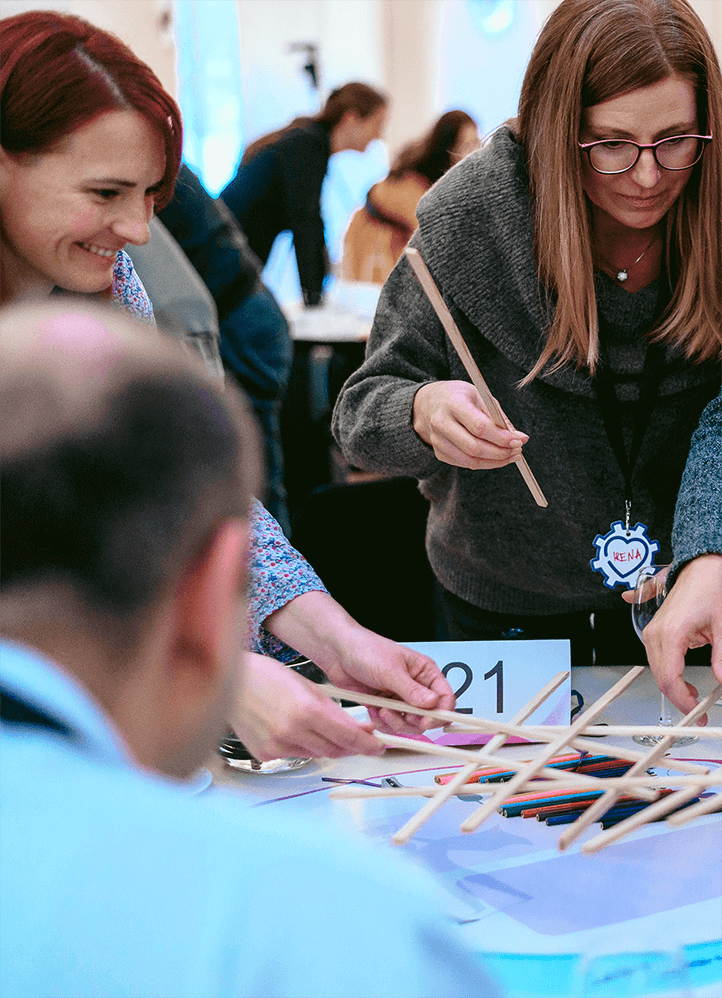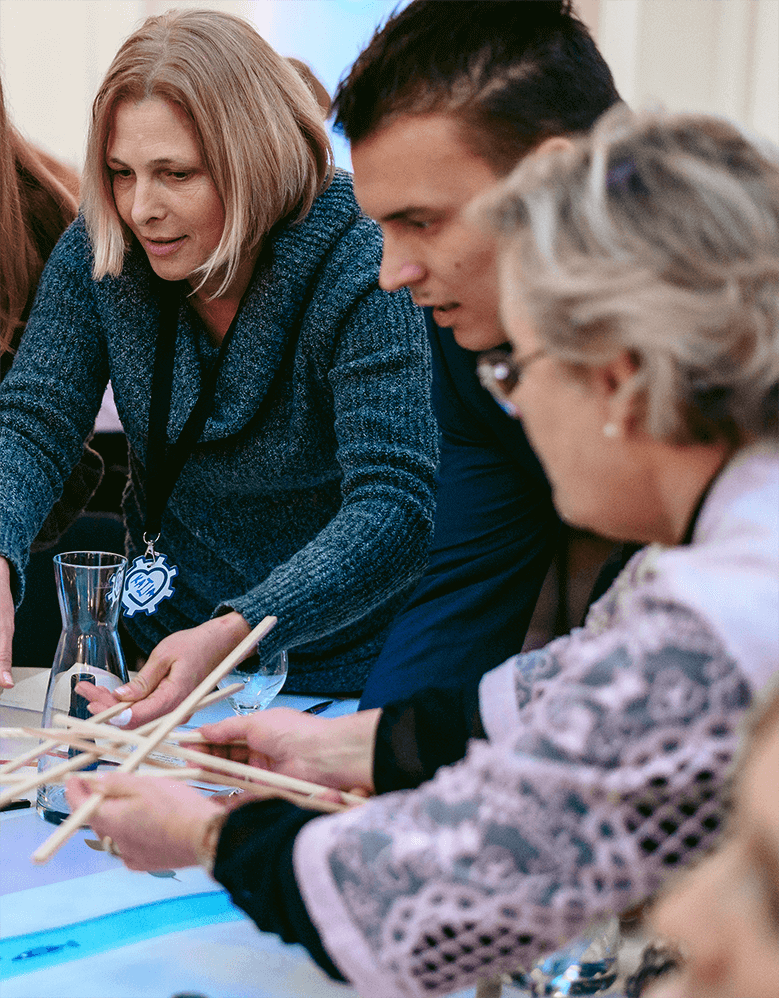
How technology and gamification are changing corporate teambuilding
When involved in activities that stimulate the body or mind, the body releases endorphins. Endorphins are neurotransmitters that contribute to a sense of happiness and motivation, especially when you have achieved something.
Online education and the gamification of learning have become increasingly popular over the last decade as it is used by both the education sector and the corporate world. Gamification creates an exciting, educational and fun learning experience. It offers additional benefits that cannot be achieved by conventional modes of education. Research shows that this way of learning increases engagement, gives a sense of achievement, and keeps students' attention ten times longer than traditional teaching methods such as reading and listening. From this we can conclude that the use of playful elements dramatically increases the effectiveness of teambuilding programs.
Apps are playing an increasingly important role in designing teambuilding programs, with pens and paper being replaced with digital tools such as smartphones, tablets and GPS systems. The most interesting and effective teambuilding programs come from VR games such as La casa de dinero.


The goal of the teambuilding program is to ensure that participants are involved, motivated, able to effectively absorb the information and store it in their long-term memory, regardless of whether you want to increase conference participation or organize a team event.
The ability to receive feedback at any time allows all participants, not just those at the top of the chart, to view their current performance and more easily analyze improvements. Research indicates that advancement and the ability to improve are an important aspect of satisfaction and well-being, so we design games that repeatedly challenge skill sets and allow participants to see their progress, analyze problems, cope with them, and see the improvement.
In summary, the use of gamification elements in teambuilding programs has dramatically increased engagement, motivation, satisfaction and retention. These results explain why technology plays an increasingly important role in the implementation of teambuilding programs that incorporate game design techniques. They create more effective activities that benefit both businesses and employees.
Esther Daniel, Catalyst Global
Apps are playing an increasingly important role in designing teambuilding programs, with pens and paper being replaced with digital tools such as smartphones, tablets and GPS systems. The most interesting and effective teambuilding programs come from VR games such as La casa de dinero.

How science supports gamification in learning
When involved in activities that stimulate the body or mind, the body releases endorphins. Endorphins are neurotransmitters that contribute to a sense of happiness and motivation, especially when you have achieved something or successfully completed a task. The latest Go Team program is specifically designed to challenge teams and reward them for successful completion of tasks, whether by scoring, virtual rewards or moving on to the next level. This releases endorphins, which creates a sense of positivity, which in turn leads to continued engagement, motivation and success.Risk and benefit
Participants do their best and achieve better results when risk and reward are involved. We all know the power of gambling addiction, so using these elements in teambuilding can therefore increase the engagement of participants.
Endorphins
The well-known problem of poorly designed teambuilding programs is their lack of engagement. One or more members of the group become passive observers and do not participate. Through gamification, clever design and use of technology, all participants can actively participate. Endorphins are the ones that ensure their participation stay at a high level. Research shows that the release of endorphins also helps with the overall retention of education, which is valuable scientific insight in the design of technology-based teambuilding programs.The goal of the teambuilding program is to ensure that participants are involved, motivated, able to effectively absorb the information and store it in their long-term memory, regardless of whether you want to increase conference participation or organize a team event.
Feedback and potential for improvement
Gamification is a great way to receive ongoing, updated and automatic feedback for teams. Typically, teams have to wait for the announcement or even the end of the activity to find out the results of their performance. In digital programs, updates, feedback and results can be seen in real time while participants perform the exercise. Participants can also receive encouraging messages from the game manager and other participants.The ability to receive feedback at any time allows all participants, not just those at the top of the chart, to view their current performance and more easily analyze improvements. Research indicates that advancement and the ability to improve are an important aspect of satisfaction and well-being, so we design games that repeatedly challenge skill sets and allow participants to see their progress, analyze problems, cope with them, and see the improvement.
In summary, the use of gamification elements in teambuilding programs has dramatically increased engagement, motivation, satisfaction and retention. These results explain why technology plays an increasingly important role in the implementation of teambuilding programs that incorporate game design techniques. They create more effective activities that benefit both businesses and employees.
Esther Daniel, Catalyst Global
Tips on creating the right teams
New developments in activities, teamwork and training
We create solutions for your team
Dedicated to developing innovative teambuilding programs, which help companies and teams.









